In the history of basketball development, the evolution of tactical concepts is always closely related to the characteristics of the players of the era. The ball-dominant core play, as a tactic that has received much attention in recent years, has become the offensive core of many NBA teams. However, this style of play carries both risks and opportunities, hiding deeper game philosophies and paths to success.
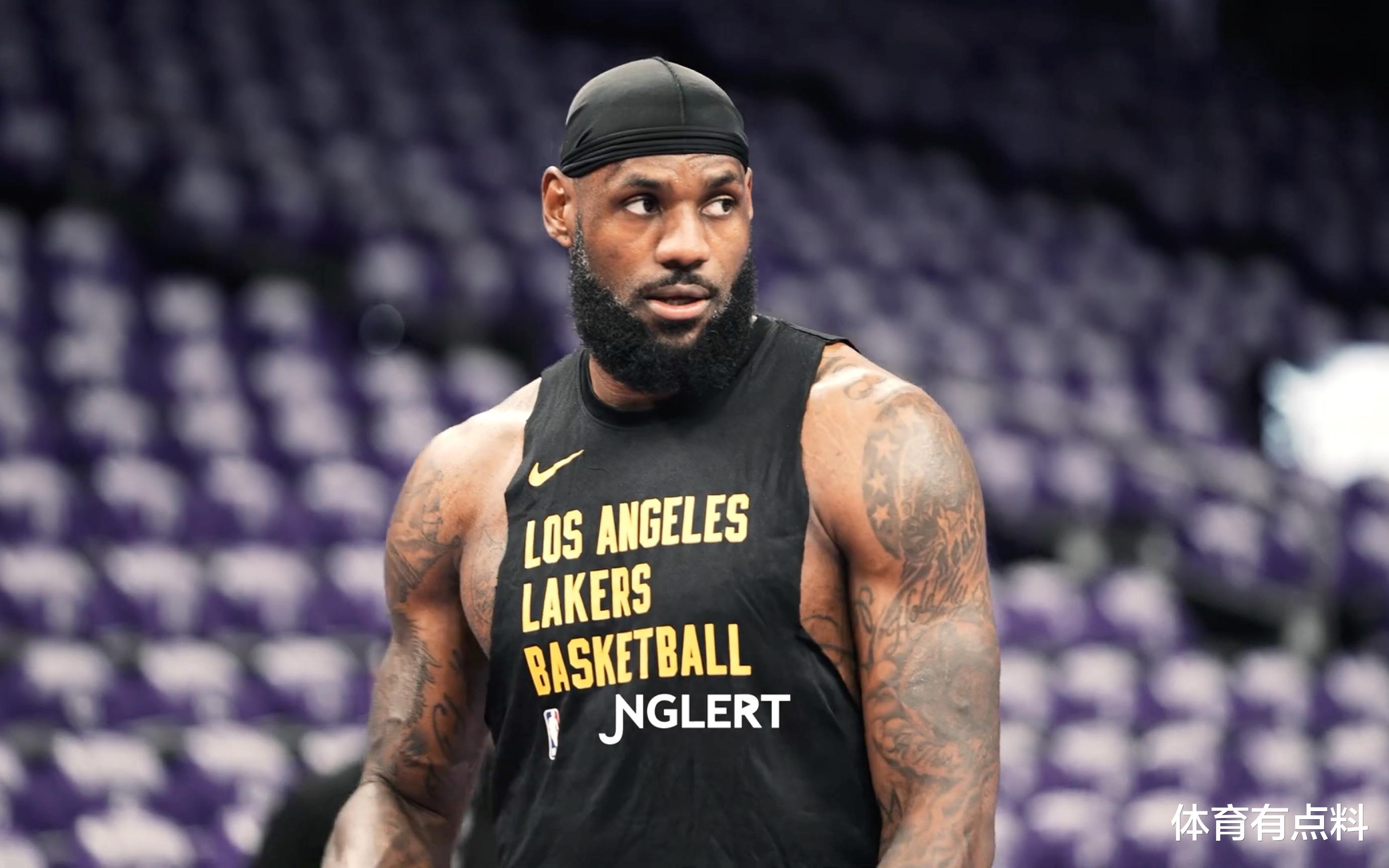
The concept of the ball-dominant core can be simply understood as a player leading the majority of the team's offensive rounds, not only scoring but also organizing and scheduling their teammates' offense through ball control. In a narrow sense, modern basketball players like James Harden and Luka Doncic are representatives of this style; while in a broader sense, traditional point guards like Jason Kidd, Chris Paul, and Steve Nash were also typical examples of the ball-dominant core approach.
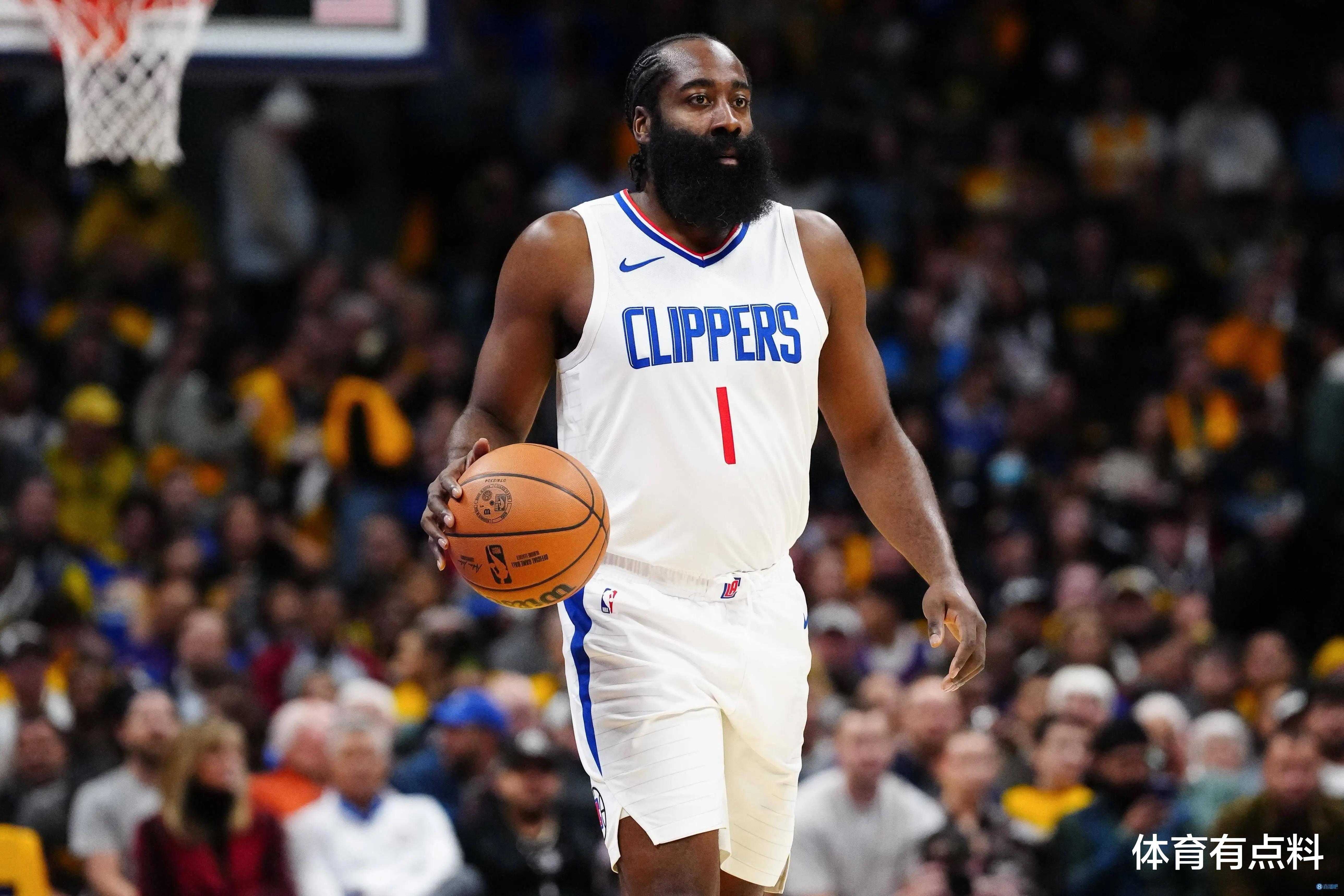
However, throughout history, few players have won championships solely relying on the ball-dominant core style. This tactical system can produce dazzling performances in the regular season but often fails in the playoffs. Taking Jason Kidd as an example, he led his team to the finals twice during his peak period but never won a championship until the twilight of his career when he played a supporting role for the Dallas Mavericks.
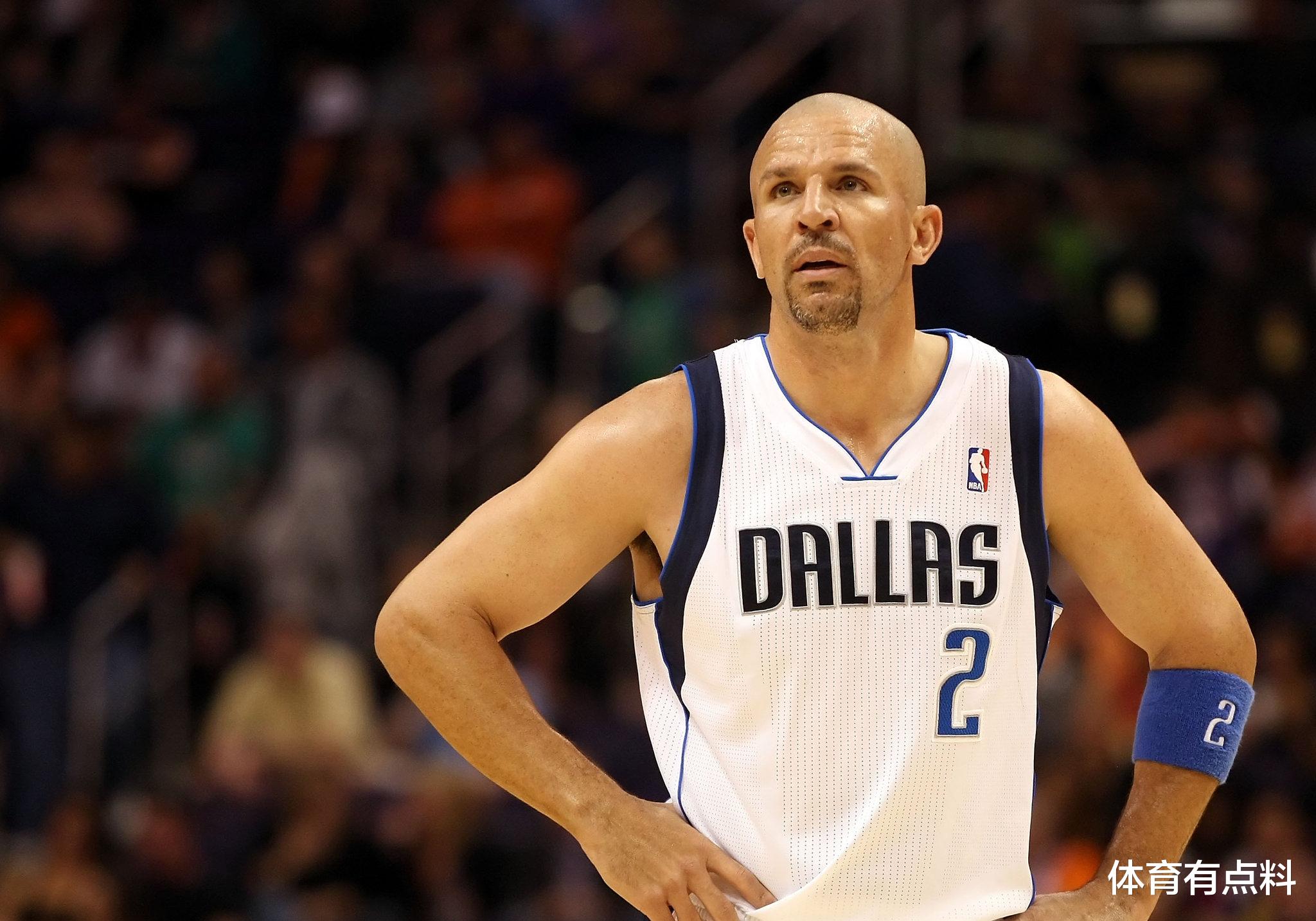
The core issue with the ball-dominant core style is the excessive concentration of ball possession. This is particularly evident in the experiences of James and Harden. For instance, in 2009, the Cavaliers were almost invincible in the regular season, but in an away game against the Rockets, LeBron James delivered a game with 0 assists. This game not only highlighted the potential offensive disconnection caused by excessive ball possession but also proved that efficient team basketball is a more stable path to success.

In the 2014 Finals, the Spurs' Gregg Popovich used team basketball to defeat the Heat led by James. Despite James' outstanding individual performance, when his passing lines were cut off and his connection with his teammates was disrupted, the entire team's offensive system collapsed. These examples prove that single-point breakthroughs and overly simplistic ball-dominant strategies are not optimal solutions.

If James' experience revealed the limitations of the ball-dominant core style, then the Golden State Warriors have written another possibility of success with team basketball. Since Kerr took over the Warriors, he has reduced Stephen Curry's ball possession, enhanced the overall tactical richness of the team, and created a new winning model.
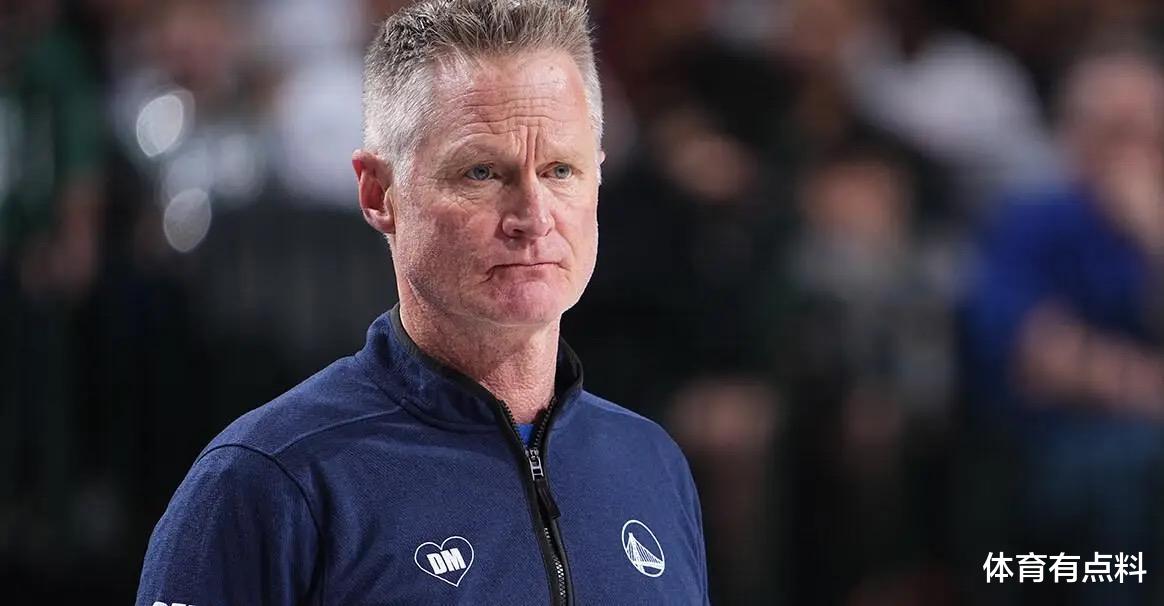
Kerr's strategy is very clear: transform Curry from a "ball-dominant core" to an "off-ball threat." He placed Iguodala on the bench and promoted the young Barnes to the starting lineup, releasing more team resources; while Draymond Green's center organizing role further empowered the Splash Brothers. Such adjustments not only enriched the Warriors' tactical play but also made them unpredictable to opponents.
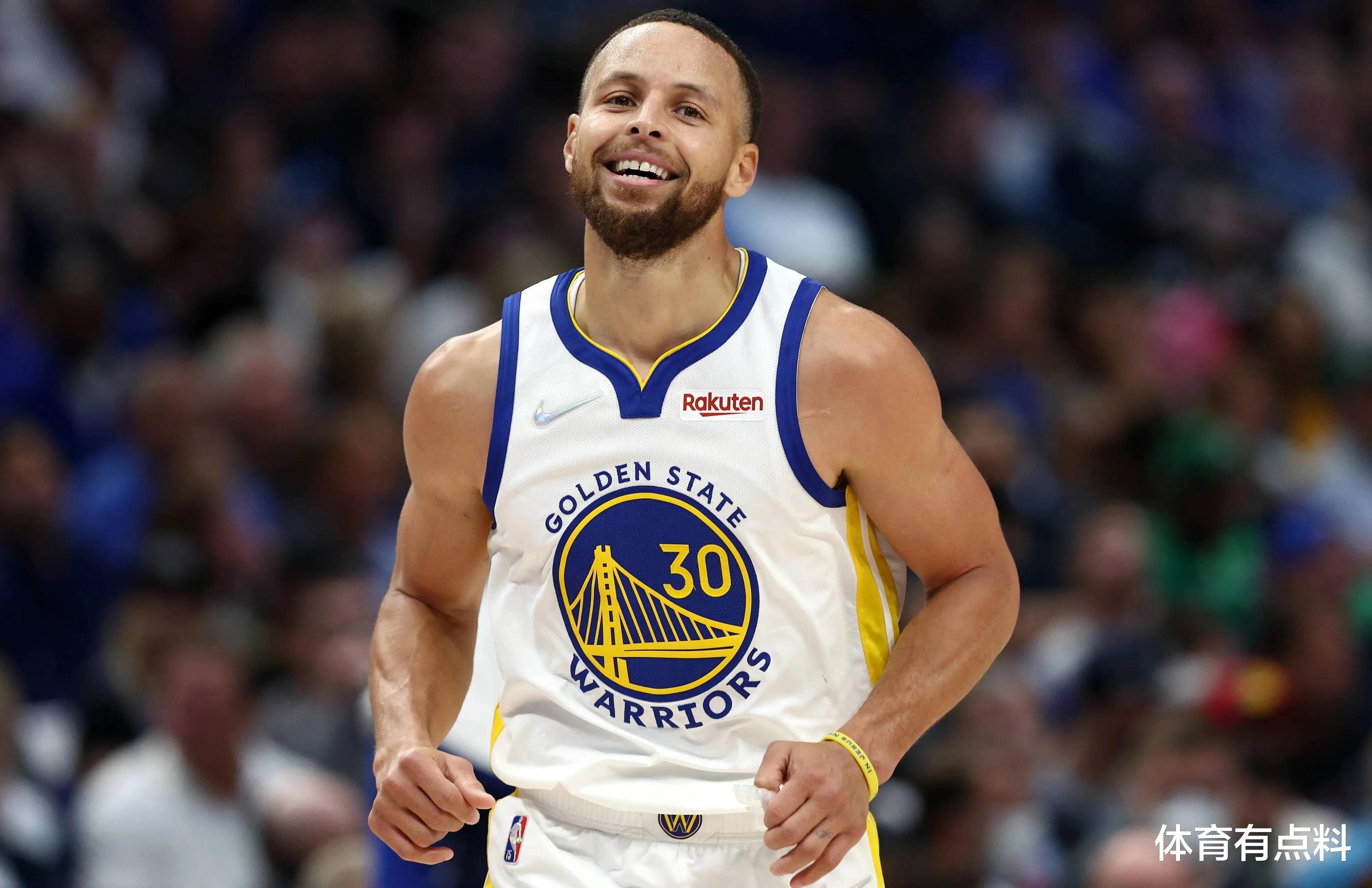
Jokic is not a typical ball-dominant core. His style relies on precise off-ball passing and a full-court vision rather than constant one-on-one play. His average stats (31.6 points, 13 rebounds, and 9.7 assists) are impressive, but more importantly, he shares the ball to involve every teammate.
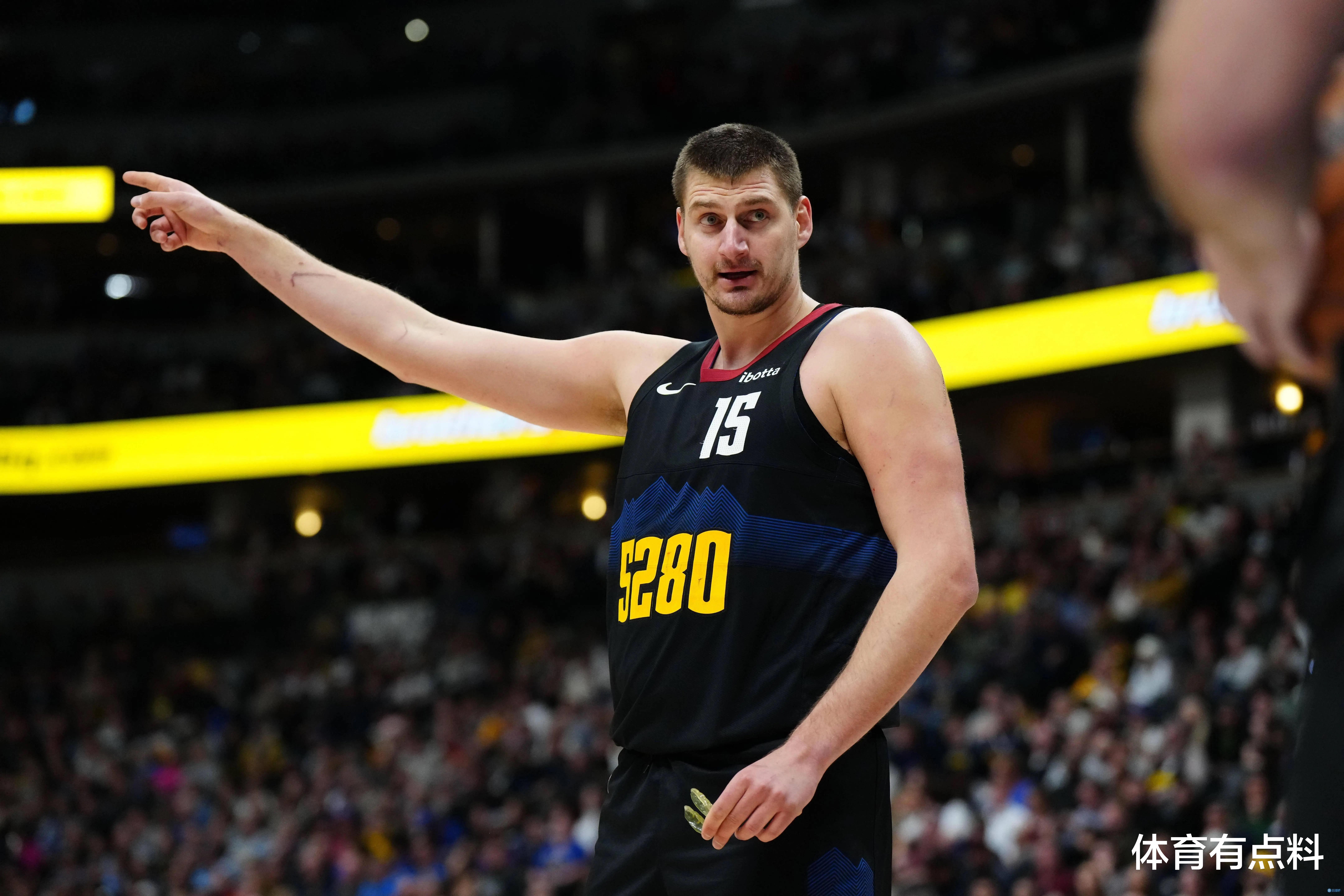
What is most commendable about Jokic is his passing artistry. His "no-touch pass" philosophy leaves opponents with no time to react. This style diversifies the Nuggets' offensive system and rejuvenates veterans like Westbrook. In the Nuggets' atmosphere, Westbrook has regained his form, contributing multiple triple-doubles, all thanks to Jokic's leadership charm.

Jokic's success proves that the ball-dominant core style is not incapable of winning championships but requires finding the right balance—maintaining the core's dominance while not sacrificing the fluidity of team basketball. This philosophy will also influence future NBA tactical development.
In summary, the ball-dominant core style is a unique offensive method in basketball history. Although controversial, its core value cannot be overlooked. With players like Jokic continuously exploring and evolving, the potential of this style may be further unleashed in the future.